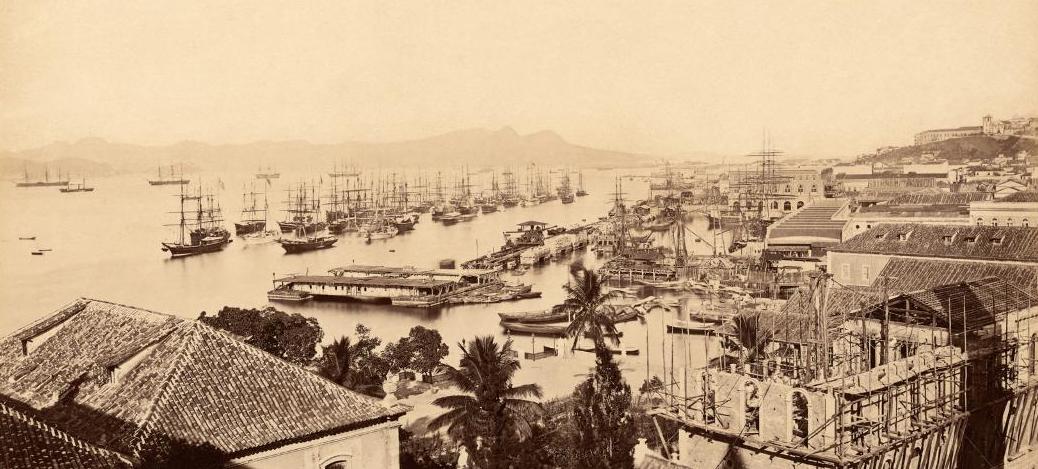New Perspectives on Medieval Anatolia
with Sara Nur Yıldız
hosted by Chris Gratien
Students of Ottoman history might tend to think of the Medieval Period in Anatolia as a precursor to the Ottoman, in other words, reading the region's medieval past through the teleological lens of the Ottoman rise. However, recent scholarship on Medieval Anatolia, especially the Seljuk and Mongol periods, has moved towards a different approach that argues for the study of this complex geography and period in its own right. In this episode, Sara Nur Yıldız makes the argument for Medieval Anatolia and explores new developments in the political, social, and cultural history of the field.
Episode No. 186
Release date: 13 March 2015
Select Bibliography of English Language Publications on Medieval Anatolia
 |
Sara Nur Yıldız (PhD, U Chicago 2006) is an affiliated researcher at the Orient-Institut Istanbul and Research Fellow at St Andrews University on the project Islamisation of Anatolia, c. 1100-1500. She works on the history of medieval Anatolia during the Seljuk, Mongol, beylik and early Ottoman periods, with a focus on textual production and circulation, the transfer of Islamic knowledge and learning, manuscript culture, vernacularization and medical texts. (see academia.edu) |
 | Chris Gratien is a doctoral candidate at Georgetown University researching the social and environmental history of the Ottoman Empire and the modern Middle East. (see academia.edu) |
Release date: 13 March 2015
Location: German Orient Institute, Istanbul
Editing and production by Chris Gratien
Bibliography courtesy of Sara Nur Yıldız
Select Bibliography of English Language Publications on Medieval Anatolia
Beihammer, Alexander D. “Defection across the Border of Islam and Christianity: Apostasy and Cross-Cultural Interactions in Byzantine-Seljuk Relations.” Speculum 86 (2011): 597-651.
Blessing, Patricia. Rebuilding Anatolia after the Mongol Conquest. Islamic Architecture in the Lands of Rūm, 1240-1330. Surrey and Burlington, VT: Ashgate, 2014.
Goshgarian, Rachel. “Opening and Closing: Associations based on futuwwa in late medieval Anatolian cities.” British Journal of Middle Eastern Studies 30, no. 1 (2013): 36-52.
Korobeinikov, Dimitri. Byzantium and the Turks in the Thirteenth Century. Oxford: Oxford University Press, 2014.
Pancaroğlu, Oya. “Devotion, Hospitality and Architecture in Medieval Anatolia.” Studia Islamica 108 (2013): 48-81.
Peacock, A.C.S. and Sara Nur Yıldız, eds. The Seljuks of Anatolia: Court and Society in the Medieval Middle East. London and New York: I.B. Tauris, 2013; paperback version, 2015.
Peacock, Andrew C. S. “Sinop: A Frontier City in Seljuq and Mongol Anatolia.” Ancient Civilizations from Scythia to Siberia 16 (2010): 103-124.
Peacock, A.C.S. “Court and Nomadic Life in Saljuq Anatolia.” In David Durand-Guédy, ed. Turko-Mongol Rulers, Cities and City Life. Leiden and Boston: Brill, 2013, 191-222.
Peacock, A.C.S. “The Seljuk Sultanate of Rūm and the Turkmen of the Byzantine frontier, 1206-1279.” Al-Masaq 26, no. 3 (2014): 267-287.
Redford, Scott. Legends of Authority. The 1215 Seljuk Inscriptions of the Sinop Citadel, Turkey. Istanbul: Koç University Press, 2014.
Trepanier, Nicholas. Foodways and Daily Life in Medieval Anatolia: A New Social History. Austin: University of Texas Press, 2014.
Yalman, Suzan. “ ‘Ala al-Din Kayqubad Illuminated: A Rum Seljuq Sultan as Cosmic Ruler.” Muqarnas 29, no. 1 (2012): 151-186.
Yıldız, Sara Nur. “Manuel Komnenos Maurozomes and His Descendants at the Seljuk Court: The Formation of a Christian Seljuk-Komnenian Elite.” In Stefen Leder, ed. Crossroads between Latin Europe and the Near East: Corollaries of the Frankish Presence in the Eastern Mediterranean (12th to 14th Centuries). Würzburg: Ergon Verlag, 2011, 55-77.
Yıldız, Sara Nur. “From Cairo to Ayasuluk: Hacı Paşa and the transmission of Islamic learning to western Anatolia in the late 14th century.” Journal of Islamic Studies 25, no. 3. (2014): 263-297.










Comments
Post a Comment
Due to an overwhelming amount of spam, we no longer read comments submitted to the blog.